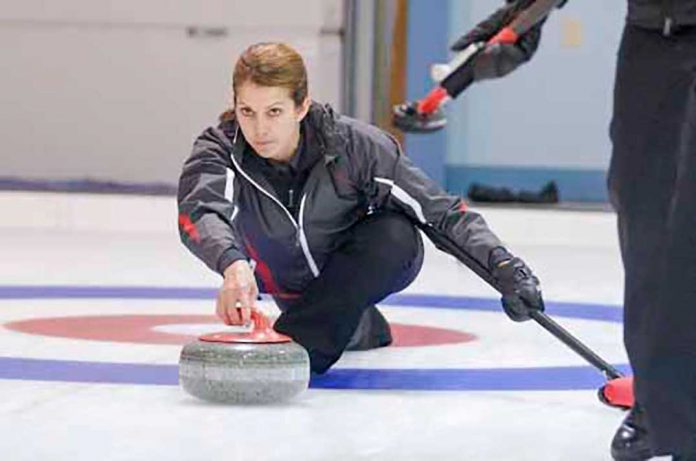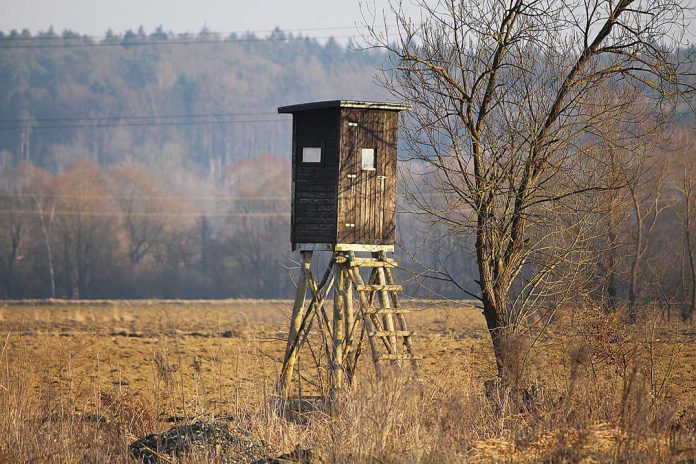with Ted Smith
Every now and then here in Garden Gossip it’s fun to take a moment to look at something a little more unusual. Quite often, working with plants that are little less commonly grown requires a bit of patience and the ability to do things just a little differently. One such group of plants that many adventurous gardeners add to their repertoire are carnivorous plants. That’s right, not everyone is familiar with the idea but some plants actually trap and eat meat. This trapping may require an active effort, or it may be passive, but the end result is the same. The reason for the need to adapt to this unique survival strategy is that some plants live in conditions that are quite nutritionally barren. Mother Nature hates a void and she will do her best to make something grow in even the most inhospitable of conditions. To do so she often needs to get creative. The case of carnivorous plants is no different. These plants are generally found growing in wet boggy conditions where many other plants would drown. They are also almost always growing in peat or peat/sand mixes that are essentially devoid of nutrients. While carnivorous plants still derive their energy from the sun like any other plant, they must turn to hunting in order to compensate for their nutritionally barren soils.
There are well over 600 species of carnivorous plants in the world but of these only a tiny number are generally cultivated. The cultivated varieties almost exclusively represent three groups of plants. These would be the pitfall (pitcher) plants, the flypaper (sundews) and the snap traps (Venus flytraps). We actually have representatives of the sundew and pitcher plant families that I have seen growing right here on Manitoulin Island. We also have bladderworts and butterworts, but they are far less commonly grown as houseplants. Bladderworts are aquatic and would need to be raised in aquariums. Butterworts are in the flypaper group but are much less showy than the sundews so are less commonly grown.
If you are in any way familiar with carnivorous plants, then you likely know about the Venus fly trap. These odd plants look more like space aliens (perhaps from Venus?) than like terrestrial life forms. While the plant itself is a rather unassuming thing, the stylized insect capturing leaves that are found on the outer tips of short stems are truly the source of bug nightmares. The “traps” are formed like a clamshell that can open and close. There are stiff bristles around the edges that lock to hold insects in place when the trap “snaps” shut (this can take several seconds to complete). Inside the clamshell shaped leaf are several softer trigger bristles. When an insect brushes up against these bristles the two halves of the “clamshell” close around the insect trapping it. Depending on the variety of Venus flytrap (and there are several) there may be a different sequence needed to trigger the trap. A minimum of two trigger bristles will need to be involved. This reduces the occurrence of false alarms which can quickly and critically deplete the Venus flytraps’s energy reserves. People who have potted Venus flytraps are encouraged not to fool their plant into closing. Each trap is only good for two or three events and then will die back to be replaced by a new trap. This requires a lot of energy and as we discussed earlier, carnivorous plants are on an environmentally imposed diet. They really don’t have any energy to waste.
In their wild environment, the Venus flytrap can be found growing in the damp coastal areas of the Carolinas. As with any other plant we wish to grow successfully, understanding their preferred habitat can be key to successfully raising happy healthy plants. The coastal areas where Venus flytraps are found are hot and humid in the summer and much cooler in the winter. They experience both rain and sun in heavy doses. Their preferred soil is well drained and normally not as boggy as many other carnivorous plants enjoy. It is, however, constantly damp. This makes terrariums the ideal housing option for your own Venus flytrap. Within a terrarium you can keep the humidity high with a minimum of effort. Use a soil of one-third sand and two-thirds acidic peat or sphagnum. Never use regular potting soil. Venus flytraps will naturally attract small flies, gnats and midges. They only need to eat a few times a month. If needed you can add small live insects to the terrarium or use fine tweezers to gently introduce live prey into the trap. Never feed dead insects or other items such as meat or cheese. These can quickly rot and kill your plant. A cool dormant period in the winter is beneficial as it emulates their natural environment. Overall, Venus flytraps are actually pretty low maintenance.
Hopefully you can make it back next week as we continue our look at the amazing carnivorous plants.




